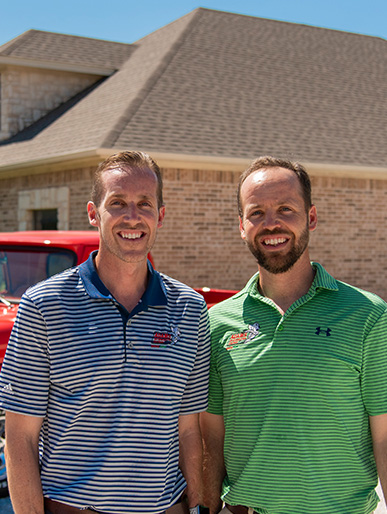
Six Key Signs Of Termite Activity Around Your Lewisville Home
One of the biggest threats to Lewisville homes is a tiny insect called the subterranean termite. This itty bitty insect, along with a hundred thousand of its friends, can do a lot of damage to your home, over time, if you let them. That is why it is important that you recognize the signs of subterranean termite activity. Here are the top six signs to look for.
1. Swarmers
Termite swarmers can be one of the most noticeable signs of a termite infestation. When these tiny, winged reproductives emerge inside your home, they're hard to miss. But you might be tempted to suck them up with a vacuum and call it a day. Why? Because there are many winged insects that can get into your home. If you don't know what a termite swarmer looks like, you won't know it's a termite.
Quick Termite Swarmer Identification
What you will notice most about a swarmer is its wings. The wings of a termite swarmer are twice as long as the insect itself and they extend well beyond the end of its abdomen. These wings are white, rounded at the tips, and stacked on top of each other. While a swarmer is only about ⅜ of an inch in length, the wings make this insect stand out.
What You Should Know Most About Swarmers
If you see termite swarmers inside your Lewisville home, it is a warning sign that you have a heavy infestation. This is because swarmers don't emerge inside unless the nest is close to the home, or inside the home. It also means that termites have been feeding on your home for years. A termite colony doesn't produce swarmers until it has matured. This can take three or more years.
2. Wings
When termite swarmers mate, they shed their wings. This process of swarming and mating happens quickly (in less than 30 minutes). These shed wings may be your only sign that a swarm happened. You can find these wings in many areas on the ground or on floors and window sills. You may also look in spider webs to find wings. Spider webs are like nature's sticky traps.


Why Choose Adams Exterminating?
-
Trained Entomologists & Service TechniciansOur team brings a deep understanding of insect biology and behavior to create targeted pest control strategies. We're equipped with the latest techniques and technologies to effectively eliminate pests.
-
Customized Plans for Every BudgetRecognizing that each space is different, we customize pest control services for every home or business. Our approach involves targeted solutions, addressing specific needs for your environment.
-
Trusted in the Community Since 1947With a legacy dating back to 1947, our pest control company brings decades of experience with a proven track record to keep your space critter-free.
-
Locally Owned & OperatedAs a locally owned business with offices in both Denton and Lewisville, we are rooted in the community and dedicated to serving our neighbors with personalized service.


